Engineering - The 2024 Tech Forecast: Pioneering Tech Redefining Our World
I’m diving into 2024 with eyes wide open for the tech that’s got me buzzing. This isn’t just any tech roundup; it’s a personal tour through the innovations that I’m stoked about – the stuff that’s pushing boundaries and shaping what’s next. Whether it’s the latest in AI, the next leap in space tech, or health innovations that are changing the game, I’m here to share my take on what these advancements mean for us and the world.
Industrial & Automotive
1GBASE-T1 Ethernet: The High-Speed Game Changer
Alright, let’s talk about 1GBASE-T1 Ethernet. This tech is a beast in the Single Pair Ethernet world, blazing through data at up to 1 Gbps over just one twisted pair of wires. It’s a huge leap from the old-school 10Base-T1S, and it’s perfect for places where you want less cable mess but more speed – like in industrial setups or sleek automotive systems.
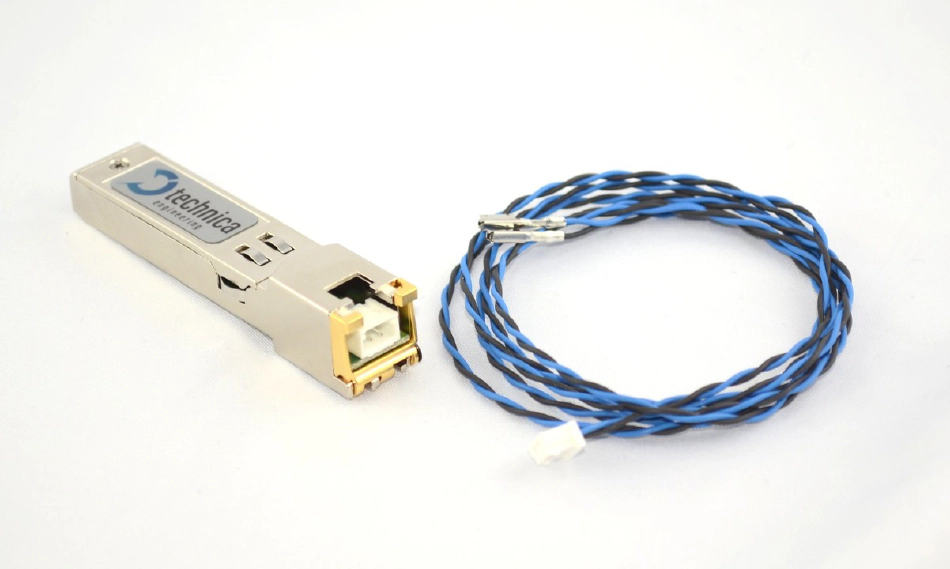
Now, while it’s not going to replace your home Ethernet setup, 1GBASE-T1 is making waves in industrial automation and automotive scenes. Think self-driving cars needing quick data flow or space tech where every inch of cable counts. It’s about direct communication between sensors and systems without extra hassle. That’s efficiency right there.
I’ve got my eye on this for my “digital yacht” project. Imagine sleeker, faster connectivity on board – that’s what 1GBASE-T1 promises. And as it gets more accessible and affordable, you bet I’ll be weaving it into my work.
The real magic of 1GBASE-T1 Ethernet? It’s about effortlessly fitting into the complex systems we use every day. As it catches on, I’m betting we’ll see a big impact in fields where speed and reliability are key.
Artificial Intelligence
Generative AI - Unleashing a World of Creativity
Now, let’s dive into the world of Generative AI. This isn’t just any AI; it’s like having an ultra-creative sidekick. Using something called Generative Adversarial Networks (GANs), these AI systems are like artists and inventors rolled into one. They take a deep dive into heaps of data, learn from it, and then bam! – they come up with stuff that’s totally new, be it art, music, or even groundbreaking designs.
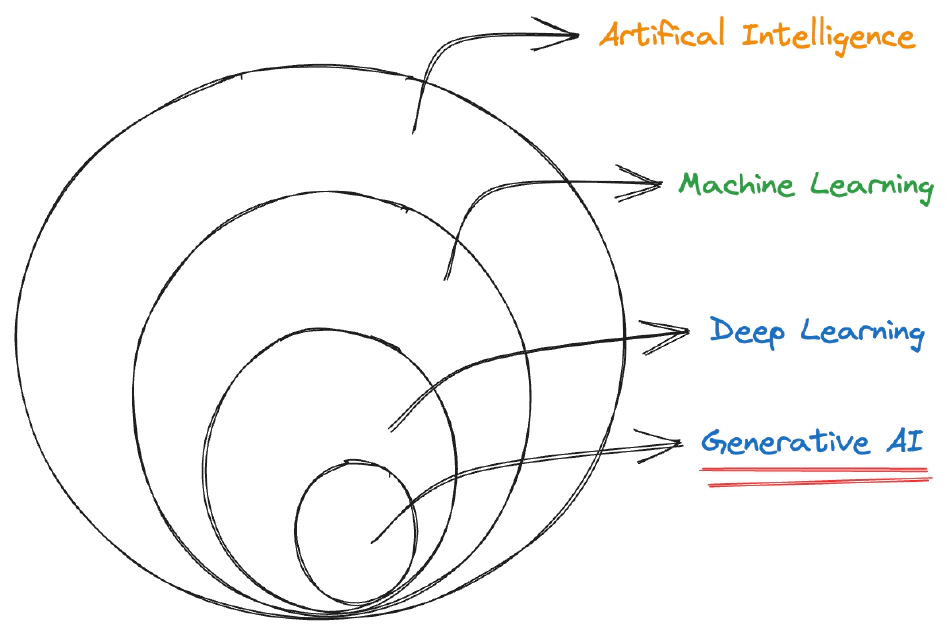
What really gets me excited about Generative AI is how it’s shaking up the creative space. Graphic designers are exploring visuals that were once just figments of imagination. Advertisers are crafting campaigns that hit you right in the feels. And the entertainment world? It’s getting a fresh dose of AI-generated scripts and tunes. Even more, it’s seeping into architecture for eco-friendly designs and gaming for worlds that keep evolving.
For me, Generative AI is like a creativity booster. It’s not just about making things look good; it’s about thinking outside the box, solving complex puzzles in unique ways. It’s about pushing the limits of imagination and seeing where it takes us.
But as much as I’m all for this tech, it’s also crucial to talk about the big picture – like, what does it mean for human creativity? And where do we draw the line with AI-created content? These are big questions as we step into a new era of tech and artistry.
Space Exploration
Self-Healing Chips - The Next Frontier in Space Tech
Ready for a trip to outer space? Let’s talk about self-healing chips. This tech is straight out of a sci-fi movie, but it’s real and it’s happening. These chips are like the superheroes of electronics – when hit by space radiation, they don’t just give up. Nope, they fight back, fixing themselves and keeping the mission on track. This is huge because, let’s face it, you can’t exactly send a repair guy millions of miles into space.

What’s really cool is how these chips aren’t just for the space industry. They have potential down here on Earth too, in places like nuclear reactors or high-altitude flights. Imagine electronics that don’t freak out in intense environments. That’s what we’re talking about.
As a space tech enthusiast, I’m over the moon about this. We’re talking about making space missions – like hanging out on Mars or exploring deep space – more reliable and longer-lasting. And for someone who dabbles in amateur space projects, the idea of incorporating this kind of resilience is downright exciting.
Of course, with great power comes great responsibility, right? Ensuring these chips are super reliable and safe, especially in critical missions, is a big deal. That’s why the work being done by folks at NASA on self-healing chips is so important.
Health Sensors
Microfluidic Chips - The New Wave in Health Tech
Alright, let’s switch gears to something that’s revolutionizing the health world - microfluidic chips in wearable sensors. These aren’t your average fitness trackers that count steps or monitor heart rate. We’re talking about high-tech wizardry that analyzes your sweat, saliva, or even blood to give real-time health insights. It’s like having a mini-lab wrapped around your wrist!
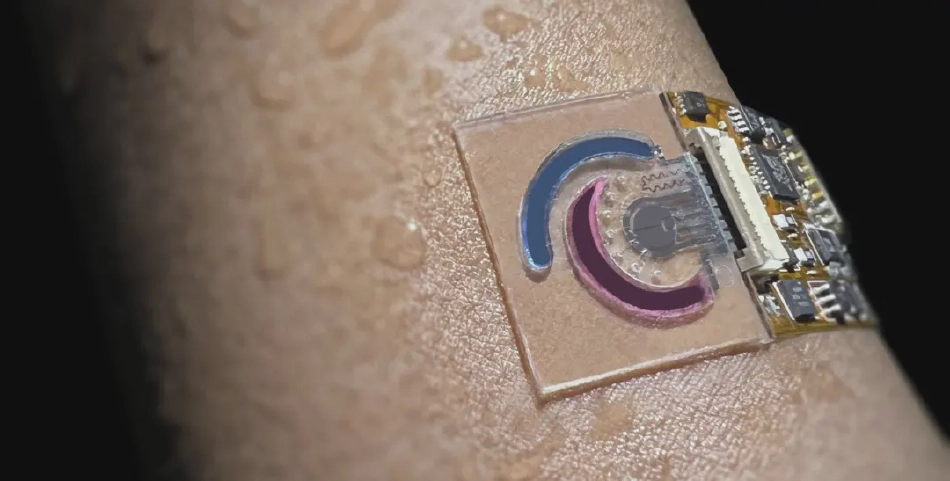
The game-changer here is microfluidics – tiny tech that manages fluids at an almost invisible scale. This means these sensors can provide detailed info on what’s happening inside your body. Think early detection of health issues, super-personalized fitness plans, and a whole new level of understanding your body’s needs. It’s taking personal health from reactive to proactive, and I’m all for it.
But it’s not just about individual health. These sensors are set to transform healthcare in general. Imagine doctors getting accurate patient data in real-time, without the need for invasive tests. Or clinical research getting a boost with more precise and continuous data collection.
As someone who’s super into tech’s role in wellness, the potential of microfluidic sensors gets me really excited. It’s not just about staying fit; it’s about understanding our bodies like never before. And as this tech evolves, we’ve got to think about how we handle all this personal health data. Privacy and security are key.
Internet-Of-Things
Matter - The Key to Smart Home Harmony
Now, let’s step into the world of smart homes with Matter. If you’ve ever wrestled with making different smart devices play nice together, Matter is like the tech peacekeeper we’ve all been waiting for. Developed by the big brains at the Connectivity Standards Alliance, Matter is making sure your smart gadgets, irrespective of their brand, work together seamlessly. It’s like the United Nations for smart home devices!

The deal with smart homes until now has been the frustrating lack of standardization. It’s been a bit of a wild west, with different devices speaking different tech languages. Matter is here to change that. It’s bridging the gaps, allowing devices from lights and locks to thermostats and cameras to communicate effortlessly. Whether you’re team Alexa, Google Assistant, or Apple HomeKit, Matter’s got you covered.
For me, as someone who’s knee-deep in home automation, Matter is a game-changer. It’s about creating a smart home environment that’s truly integrated and user-friendly. No more tech headaches trying to figure out if this smart bulb will work with that smart speaker. With Matter, the possibilities for creative and advanced home automation setups just skyrocket.
But with great connectivity comes great responsibility. As Matter rolls out, keeping our smart homes secure and private is more important than ever. It’s not just about convenience; it’s about protecting our digital castle.
Development & Design
Flutter - Reshaping How We Build Apps
Alright, tech enthusiasts and code wizards, let’s talk Flutter. If app development were a sport, Flutter would be the all-star player making headlines in 2024. Developed by Google, Flutter is this awesome UI toolkit that’s changing the game in building apps. It’s a Swiss Army knife for crafting apps for mobile, web, and desktop – all from a single codebase.

What’s really cool about Flutter is its use of Dart, a programming language that’s both powerful and easy to get along with. Combined with a ton of ready-to-use widgets, Flutter lets you create apps that look sleek and run smoothly, no matter where they’re used. The ‘write once, run anywhere’ approach? It’s a massive time-saver and a relief for developers juggling multiple platforms.
The ecosystem around Flutter is like a bustling city that never sleeps – always growing, always evolving. With more packages and plugins popping up, it’s like having an ever-expanding toolbox at your fingertips. And the community? It’s vibrant, supportive, and full of ideas – the perfect place for devs to thrive.
As someone who’s dipping toes into the vast ocean of app development, Flutter is like a lifeline. It’s not just about building apps; it’s about crafting experiences that are seamless and enjoyable, no matter the device. Whether it’s a quirky mobile app or a comprehensive web platform, Flutter is my go-to for bringing ideas to life.
But hey, let’s not forget about the bigger picture – making sure our apps are accessible and ethical. In the world of app development, it’s crucial to create experiences that everyone can enjoy, regardless of their abilities.
Computing Architecture
Apple Silicon - Leading the Charge in ARM Computing
Time to geek out over some serious hardware – Apple Silicon. This isn’t just any chip; it’s like the Formula 1 car of processors, and it’s racing ahead in 2024. Developed by Apple, these ARM-based powerhouses are turning heads for their blazing-fast performance and energy efficiency. Say goodbye to the days of loud fans and hot laptops; Apple Silicon is doing more while keeping it cool.

The shift to Apple Silicon is more than just an upgrade; it’s a revolution in computing. We’re seeing everything from sleek MacBooks to powerhouse Mac Pros getting supercharged with these chips. For creatives and professionals, this means editing 4K videos or crunching big data without breaking a sweat. And for the rest of us, it’s about enjoying slick, responsive experiences, whether we’re browsing, gaming, or working.
But here’s the kicker – Apple Silicon’s impact goes beyond just Apple’s shiny devices. It’s shaking up the entire computing industry, challenging the old guard and inspiring a new wave of innovation in processor technology. We’re talking about a shift that’s redefining what’s possible with computers, from the devices we carry in our pockets to the servers running our favorite apps.
As a tech aficionado who loves pushing the limits of what’s possible, Apple Silicon is a dream come true. Whether I’m editing my latest vlog or coding up a storm, the power and efficiency of these chips make my tech heart sing. And with Apple continually upping the game, the future of ARM computing looks brighter than ever.
RISC-V - The New Frontier in Open Source Processing
Now let’s turn our attention to RISC-V, a true underdog story in the world of processor architectures. This open standard instruction set architecture (ISA) is making waves in 2024, and for good reason. It’s like the open-source movement decided to crash the exclusive party of processor design – and it’s here to stay.
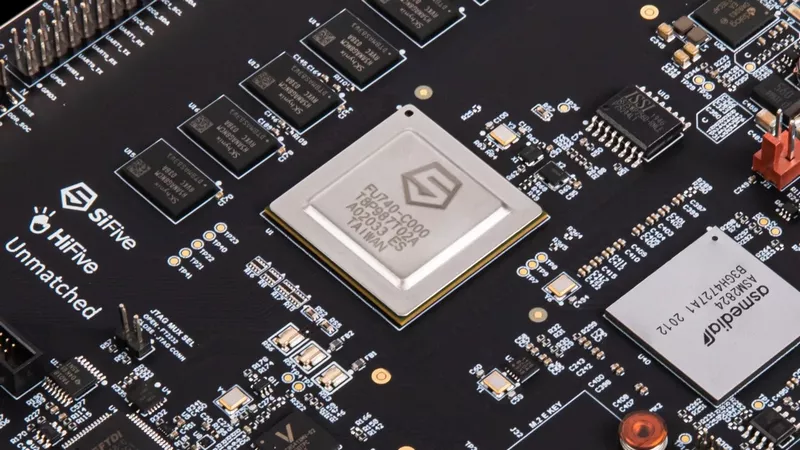
RISC-V strives for simplicity, modularity, and the freedom to innovate. Unlike its proprietary counterparts, this open-source ISA opens the door to a world of possibilities, especially in IoT and AI. Imagine being able to tailor-make a processor for your specific project needs – that’s the kind of flexibility RISC-V brings to the table.
What I find truly exciting about RISC-V is its potential to democratize processor design. It’s not just for the big tech giants anymore. Startups, researchers, and hobbyists now have a seat at the table, bringing fresh ideas and innovations to the forefront. RISC-V is leveling the playing field and sparking a new wave of tech creativity.
For my projects, especially those involving embedded systems, RISC-V is like a breath of fresh air. It allows me to experiment and optimize in ways that were once out of reach, opening up new horizons for efficiency and performance.
As the RISC-V community grows, its influence is spreading, challenging long-established norms and encouraging a more collaborative approach in the tech world.
Cryptography
Blockchain - Much More Than Just Crypto
Let’s talk blockchain, and no, it’s not all Bitcoin and Ethereum. In 2024, blockchain is showing off its true colors, and they’re way more vibrant than just digital currencies. We’re talking about a technology that’s reshaping trust and security in the digital world.
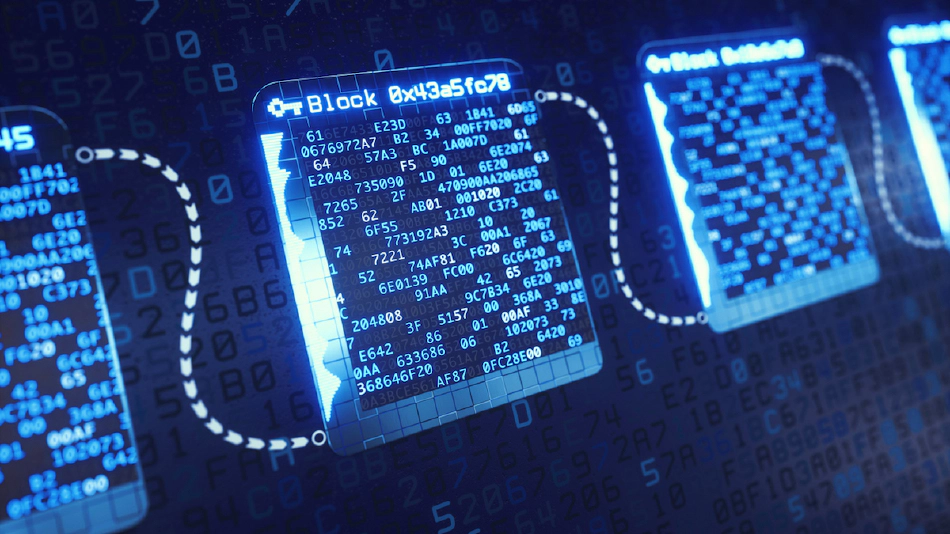
At its heart, blockchain is a decentralized ledger that’s built on the theme of transparency, security, and immutability. It’s essentially a digital record-keeping system that’s practically tamper-proof. This is big news for areas like supply chain management, where tracking the journey of products transparently becomes a breeze. And in the realm of digital identity? Blockchain is setting new standards for how we control and secure our personal data.
But here’s where it gets really cool - imagine voting systems where your vote is as secure and verifiable as a bank transaction. That’s the kind of change blockchain is bringing to the table. It’s not just about making things easier; it’s about making them better and more secure.
For me, diving into blockchain applications beyond finance is like opening a treasure chest of possibilities. It’s about using this tech to build systems where data integrity and security are paramount. From securing health records to creating transparent supply chains, blockchain is paving the way for a more trustworthy digital world.
As blockchain continues to evolve, its impact could be monumental, changing the way we handle data and transactions online. It’s a field ripe with potential, and I’m here for it.
Embracing the Innovations of 2024: A Journey into the Future
And there you have it - a whirlwind tour of the tech that’s got me pumped for 2024. We’re not just talking about incremental changes; these are groundbreaking innovations that are reshaping our world. From the high-speed connectivity of 1GBASE-T1 Ethernet to the creative genius of Generative AI, from the resilience of self-healing chips in space to the health revelations of microfluidic chips, and the seamless integration of Matter in our homes – each of these technologies carries the promise of a more connected, efficient, and imaginative future.
As someone who’s always got one foot in the future, I can’t help but feel a buzz of excitement about integrating these innovations into my projects. It’s not just about the tech itself; it’s about the new doors they open, the problems they solve, and the unknown territories they invite us to explore.
But what about you? Which of these 2024 tech marvels sparks your interest? How do you see them changing your work, your passions, or even your day-to-day life? I’m all ears and can’t wait to hear your thoughts. Let’s keep the conversation going and venture together into this exciting future. Share your insights, your dreams, and let’s ride this wave of innovation into a breathtaking 2024.
Share This Post
When I first slid on the Apple Vision Pro, I was bracing myself for another overhyped gadget. Instead, what I encountered was a transformative leap into the future of digital interaction. This wasn’t merely a high-tech toy; it was a tool that seamlessly wove itself into my daily coding rituals, shattering my preconceived limits of what technology could achieve. From that moment, I was hooked—immersed in a mixed reality that felt both groundbreaking and surprisingly intuitive.
Gail Haun - elitegamecrafting.com
Michal Chong - images.google.cz